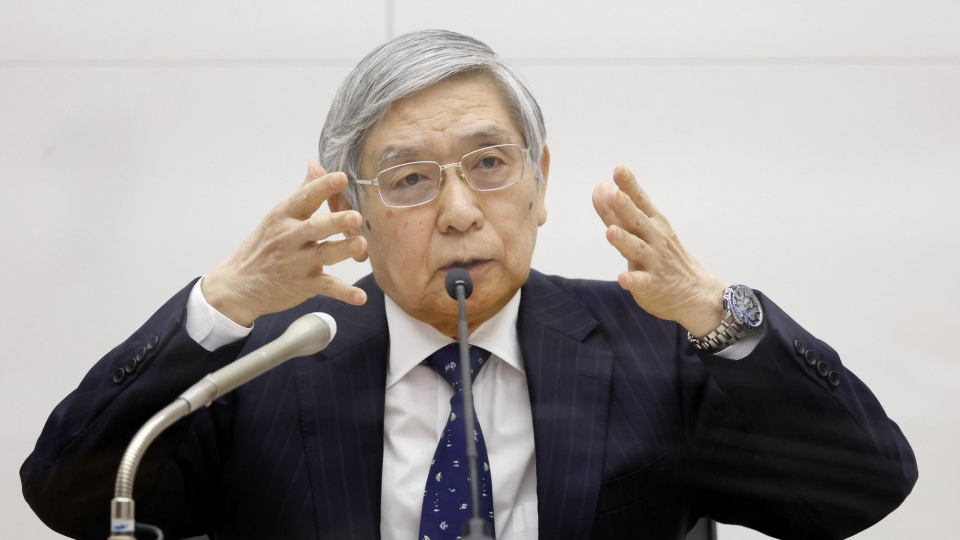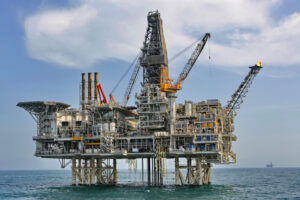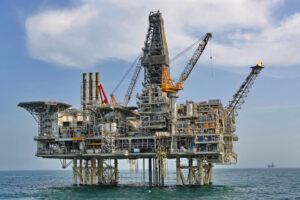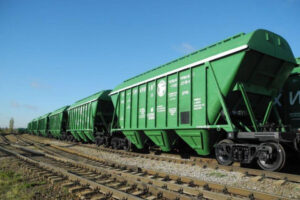Tokyo, 11 March, /AJMEDIA
Painful price hikes are in the offing in Japan, with consumers paying more for everything from gasoline and electricity to rice balls, burgers and even diapers.
Russia’s invasion of Ukraine has added to the gloom for companies which have already been passing on surging raw materials costs to consumers. Crude oil, natural gas, wheat and other commodities have jumped, ramping up inflationary pressures in Japan, known for its long experience with deflation.
Consumer price inflation looks set to accelerate in the coming months toward 2 percent and may exceed the target set by the Bank of Japan, economists say.
The bad news is that the recent bout of inflation may not be the kind of price rises that the Japanese central bank would have wanted to see, because it has been — and will likely be — led by higher commodity prices, exposing the vulnerability of the world’s third-largest economy that relies heavily on energy imports.
The BOJ, which has been keeping its ultraeasy policy intact, is in a bind while consumers feel the cost of living getting higher and tepid wage growth hurts spending.
“The greater impact of the Ukraine crisis will be felt in the months ahead given crude oil and commodity prices have been surging and more price hikes for food items are expected this year,” said Toru Suehiro, a senior economist at Daiwa Securities Co.
“Commodity inflation would cool sentiment among consumers, who would have to cut back on spending. The key is fiscal support,” he said.
The United States has decided on a ban on crude oil and other energy imports from Russia to punish Moscow for its military attack on Ukraine in defiance of international calls to seek a diplomatic solution. Among other Group of Seven nations, Britain will also phase out Russian oil imports before 2023, while the European Union, with a high dependence on Russia for energy, has unveiled a proposal to end its reliance on Russian fossil fuels before 2030.
With the economic isolation of Russia, one of the world’s major oil producers, raising supply concerns, West Texas Intermediate crude oil futures briefly rose past $130 per barrel to an over 13-year high and another benchmark, Brent crude oil, surged to a 14-year high around $140 per barrel in early March.
The flare-up in tensions between Russia and Ukraine has also boosted grain prices as both nations are major producers. Even before the Russian onslaught in late February, wheat prices had surged and the average price of imported wheat sold by the Japanese government to milling companies jumped to a 14-year high, raising the prospect of rises in bread, noodle and pasta prices.
If WTI averages $120 a barrel this year, a Japanese household with two or more people would have to pay 68,000 yen ($590) more a year for fuel, electricity and gas, while the high wheat price would translate into a 2,000 yen increase a year in spending, according to Hideo Kumano, executive chief economist at the Dai-ichi Life Research Institute.
Prime Minister Fumio Kishida has acknowledged the gravity of the impact on households and companies, saying the COVID-19 pandemic fallout and the Russia-Ukraine crisis serve as a “double whammy.”
“To cope with rising prices, we will deploy every possible policy measure to protect people’s livelihoods by enabling companies to pass on costs and creating an environment for them to raise wages for workers,” Kishida told a recent parliamentary session.
Kishida has placed priority on wealth distribution as a key pillar of his economic policies. A moment of truth comes when major Japanese firms respond to pay hike requests by labor unions next week as annual wage talks are set to culminate.
Robust wage growth remains the missing link despite signs of inflation picking up in Japan. BOJ Governor Haruhiko Kuroda has repeatedly said hitting the 2 percent target is not enough and price rises should be accompanied by wage hikes.
The core consumer price index excluding volatile fresh food items was up 0.2 percent in January from a year earlier, with sharply lower mobile phone fees masking the true extent of the boost from higher fuel costs. The key gauge of inflation will likely jump 2.2 percent in fiscal 2022, sharply higher than the previously estimated 1.5 percent gain, due to the impact of the Ukrainian crisis, according to economists at SMBC Nikko Securities Inc.
Chief economist Yoshimasa Maruyama said core consumer inflation needs to stay above 2 percent for around two straight years to see whether the inflation target is met in a “sustainable” manner and the BOJ would move toward policy normalization.
“Monetary policy is not the solution to address the current inflation driven by energy prices,” Maruyama said. “The BOJ is clearly different from the Fed (Federal Reserve) in the United States where inflation is accelerating but wages are also rising.”
As the Fed is expected to enter its rate hike cycle and the European Central Bank is also shifting toward policy normalization, Japanese long-term interest rates may face upward pressure when calm returns to financial markets that have been rattled by the Russian invasion of Ukraine, market watchers say.
Commodity-led inflation would work as a negative for the Japanese economy whose recovery from the COVID-19 malaise remains fragile with the shadow of stagflation, or slow economic growth and inflation taking place at the same time, creeping over it.
“It’s ironic that the BOJ’s monetary easing has helped weaken the yen and boosted import prices, and the government is now giving subsidies to mitigate the impact of higher energy prices,” Dai-ichi Life’s Kumano said.
With a year left in his current term to April 2023, BOJ chief Kuroda would have his work cut out to convince consumers feeling the pinch from higher living costs that keeping powerful monetary easing is the right path.
“Cost-push inflation would cut into corporate profits and reduce real income without wage hikes, leaving a negative impact on the economy, so achieving the 2 percent target in a sustainable and stable way will not be possible,” Kuroda told parliament.









































